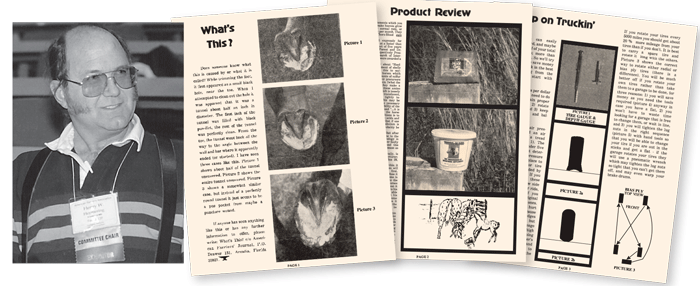American Farriers Journal
American Farriers Journal is the “hands-on” magazine for professional farriers, equine veterinarians and horse care product and service buyers.

Fifty years ago, Florida horseshoer Henry Heymering sat at his kitchen table and turned out the first edition of American Farriers Journal (AFJ). Much has happened over the past 5 decades within the farrier industry as we celebrate the magazine’s 50th anniversary.
A man with a vision for a better-educated farrier trade, Heymering started his shoeing career in Arcadia, Fla., after graduating from Bud Beaston’s Oklahoma Farrier’s College.

Henry Heymering
That first AFJ issue was 8 pages and was mailed with a 10-cent stamp and offered an annual, 4-issue subscription price for $1.50. The sole advertiser in that first issue was C & M Horseshoe Sales of Conroe, Texas. Owner Donnie Cates, who later purchased AP Tool Manufacturing, seldom missed advertising in future issues.
Prior to the mid-1970s, Heymering said local farriers largely refused to get together to discuss shoeing ideas. Most farriers believed sharing solutions to a specific footcare concern would give others a competitive edge and would lead to stolen customers. Farriers desperately guarded their accumulated knowledge, often packing up their tools and leaving a barn whenever another shoer showed up.
While Heymering saw horseshoers unwilling to work together on a local level, he envisioned a noncompetitive national sharing concept that led him to start AFJ.
That first year he had 54 paid subscriptions. By year two, it grew to 250 farriers. Circulation continued to increase over the coming years as farriers found an appetite for hoof-care information.
Heymering’s earlier research chronicled the market —…